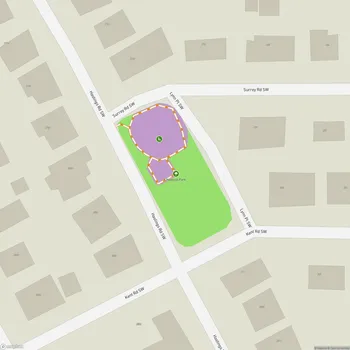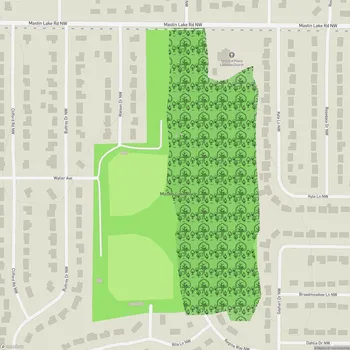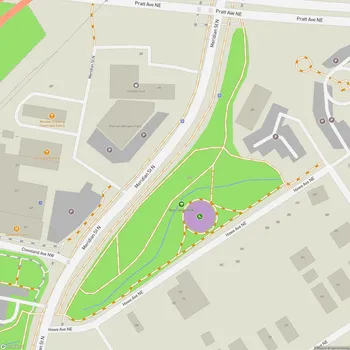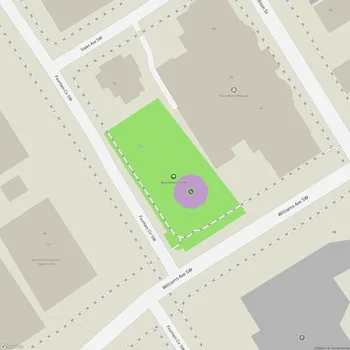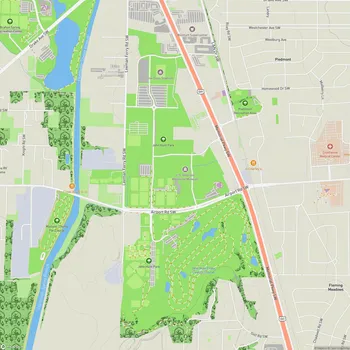Big Spring Park
Interactive Park Map
About Big Spring Park
Natural Features
Located in downtown Huntsville, Big Spring Park gets its name from the "Big Spring" that once quenched the thirst of the city's first settlers back in 1805. This isn't just any spring - it pumps out a whopping 7 to 20 million gallons of crystal-clear water daily, making it the champion of limestone springs in North Alabama.
The park features a charming canal system that connects to the Tennessee River. While these waterways were originally built in the 1820s to help cotton merchants transport their fluffy gold, today they simply add a picturesque touch to your stroll with their winding paths and playful fountains dotting the landscape.
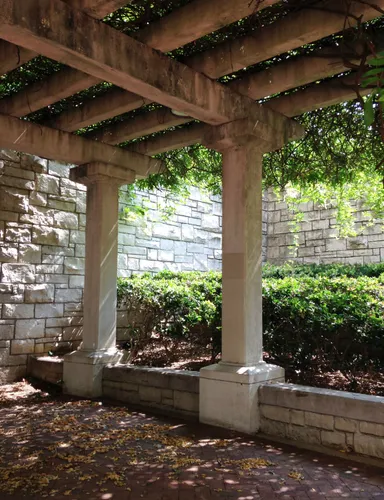
Landscape and Design
Spanning about 18 acres in the heart of the city, the park boasts two large pools with fountains that catch the light just right on sunny afternoons. Bordering these waters are delicate Japanese cherry trees - gifts that symbolize friendship and connection. Keep an eye out for the red Japanese bridge that adds a pop of color to the greenery and functions as a reminder of Huntsville's global relationships.
The park's design works with the natural terrain, with multiple terraces and plazas creating different levels throughout the space. This layout creates some cozy nooks ideal for reading a book or having a quiet conversation.
Wildlife and Recreation
The waters of Big Spring Park are home to a lively community of ducks, geese, and koi fish that have become local celebrities in their own right. Some of these koi have grown impressively large over the years - they're practically underwater landmarks! You can grab fish and duck food from the vending machines for just a quarter if you'd like to make some feathered and finned friends. It's a simple joy that never gets old, especially for the little ones.
The park's paved walking paths meander through well-maintained grounds, offering a peaceful retreat from the urban bustle. Open 24 hours, the park transforms after sunset when soft lighting illuminates the pathways and water features, creating an almost magical atmosphere.
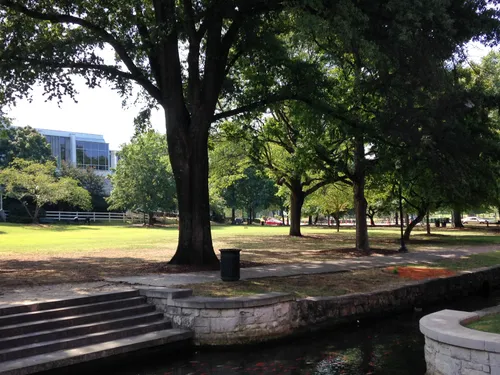
Amenities and Features
There's no shortage of grassy spots great for spreading out a blanket for a picnic or just lounging under the shade of mature trees. While you won't find playground equipment here, the open spaces give kids plenty of room to run around and play. Four-legged family members are welcome too, but they'll need to stay on leash while visiting.
Note that permanent public restrooms within the park itself are limited, so you might want to plan accordingly. During events, temporary facilities are usually available to meet increased demand.

Community Significance
Big Spring Park is a popular gathering place for Huntsville residents throughout the year. The calendar is packed with events like the artistic Panoply Arts Festival, summer Concerts in the Park where music fills the evening air, and the enchanting Tinsel Trail during the holiday season, when hundreds of twinkling, decorated Christmas trees transform the park into a winter wonderland.
Its central location makes it an ideal jumping-off point for exploring downtown's restaurants, shops, and the Huntsville Museum of Art - all just steps away from the park's perimeter.
Historical Importance
When you visit Big Spring Park, you're standing on the very spot where John Hunt built the first cabin in what would later become Huntsville. Local lore tells us that the area was once crawling with rattlesnakes until Hunt cleared them out. This connection to the city's origins adds historical significance to what is already a pleasant place to relax.
All Features & Facilities
Nature & Wildlife
Water Features & Activities
Visitor Services
Food & Gathering
Photo Gallery (click to enlarge)



ParkMagnet Score
Great Park
Park Size
Opening Hours
Weather
Top Restaurants Near Big Spring Park
Cotton Row
226 feet100 Southside Square, Huntsville, AL 35801
Upscale American restaurant featuring creative surf and turf dishes in an intimate, rustic-elegant atmosphere.
The Poppy and Parliament
302 feet117 North Side Square, Huntsville, AL 35801
An English pub offering traditional fare like fish and chips with outdoor seating and attentive service.
Sam & Greg's Pizzeria/Gelateria
308 feet116 Southside Square, Huntsville, AL 35801
Authentic pizzeria and gelateria serving handcrafted pizza and house-made gelato in a welcoming atmosphere.
MELT HUNTSVILLE
945 feet201 Jefferson St N Suite I, Huntsville, AL 35801
Serves creative toasted sandwiches and classic comfort food with a modern twist in a relaxed atmosphere.
Taco Mama - Twickenham
0.4 miles301 Pelham Ave SW Ste C8, Huntsville, AL 35801
Tex-Mex restaurant serving generous portions of flavorful Mexican dishes with excellent customer service.
Top Hotels Near Big Spring Park
106 Jefferson Huntsville, Curio Collection by Hilton
295 feet106 Jefferson St S, Huntsville, AL 35801
Upscale downtown hotel featuring comfortable accommodations, a trendy rooftop bar, and convenient valet parking.
Hampton Inn & Suites Huntsville Downtown
702 feet313 Clinton Ave W, Huntsville, AL 35801
Modern downtown hotel offering comfortable rooms, fitness facilities, complimentary breakfast, and convenient parking.
AC Hotel Huntsville Downtown
0.2 miles435 Williams Ave SW, Huntsville, AL 35801
Modern downtown hotel featuring a gym, bar, and convenient location within walking distance of the square.
